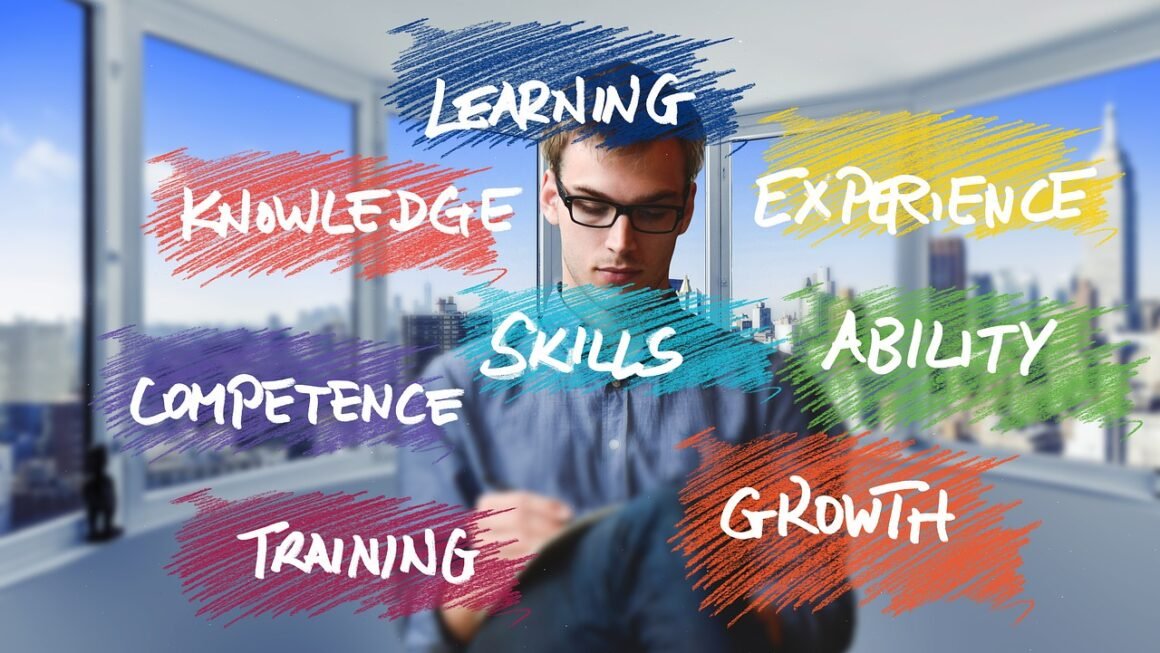Remote work has transformed from a perk to a necessity for many businesses, demanding innovative solutions to maintain productivity, collaboration, and employee well-being. Artificial intelligence (AI) is emerging as a powerful ally, streamlining processes, automating tasks, and providing data-driven insights that empower remote teams to thrive. This article delves into the various applications of AI in the remote business landscape, offering practical strategies and examples to help you leverage this technology for your organization.
Enhancing Communication and Collaboration with AI
Remote teams often face communication barriers that can hinder productivity and team cohesion. AI-powered tools can bridge these gaps, fostering seamless communication and collaboration.
AI-Powered Communication Platforms
- Real-time Translation: AI-driven translation tools integrated into video conferencing platforms can break down language barriers, enabling global teams to collaborate effectively.
Example: Platforms like Zoom and Microsoft Teams offer live captioning and translation features powered by AI, ensuring everyone understands the conversation regardless of their native language.
- Smart Meeting Assistants: These assistants use natural language processing (NLP) to transcribe meetings, generate summaries, and identify action items, saving time and improving follow-up.
Example: Otter.ai can automatically transcribe meetings, highlight key topics, and create searchable notes, freeing up team members to focus on the discussion rather than note-taking.
- Sentiment Analysis in Communication: Analyzing the tone and sentiment of emails and chat messages can help identify potential misunderstandings or conflicts early on, allowing for proactive intervention.
Example: Some platforms offer sentiment analysis features that flag messages with negative tones, prompting users to review and rephrase their communication.
AI-Driven Project Management
- Automated Task Assignment: AI can analyze team members’ skills, availability, and workload to automatically assign tasks to the most suitable individuals, optimizing resource allocation.
Example: Project management software like Asana integrates with AI to suggest task assignments based on past performance and current workload.
- Predictive Project Management: By analyzing historical project data, AI can predict potential delays or roadblocks, allowing project managers to take preemptive action.
Example: AI can identify patterns in past projects that led to delays and alert managers to similar potential issues in current projects.
- Intelligent Time Tracking: AI can automatically track the time spent on various tasks, providing accurate data for project costing and resource management.
Example: Several time-tracking apps use AI to detect when users switch between tasks and automatically log their time accordingly.
Optimizing Productivity and Efficiency with AI
AI can automate repetitive tasks, provide personalized recommendations, and offer valuable insights to boost productivity and efficiency for remote teams.
AI-Powered Automation
- Automating Email Management: AI can filter emails, prioritize important messages, and even draft responses, freeing up time for more strategic tasks.
Example: Gmail’s Smart Compose feature uses AI to suggest phrases and sentences as you type, speeding up email writing.
- Automating Data Entry: AI-powered data extraction tools can automatically extract data from invoices, receipts, and other documents, eliminating manual data entry.
Example: Tools like UiPath and Automation Anywhere can automate repetitive tasks like data entry, freeing up employees to focus on more complex work.
- Automating Customer Service: AI-powered chatbots can handle routine customer inquiries, providing instant support and freeing up human agents to focus on more complex issues.
Example: Many businesses use chatbots on their websites to answer frequently asked questions, reducing the workload on their customer service teams. According to a report by Juniper Research, chatbots will save businesses $11 billion annually by 2023.
Personalized Learning and Development
- AI-Driven Skill Gap Analysis: AI can identify skill gaps within the team and recommend personalized training programs to address those gaps.
Example: Platforms like Degreed use AI to analyze employees’ skills and recommend relevant learning resources.
- Adaptive Learning Platforms: AI can personalize the learning experience by adapting the content and pace to each individual’s learning style.
Example: Adaptive learning platforms adjust the difficulty level of questions based on the user’s performance, ensuring they are challenged but not overwhelmed.
Enhancing Employee Well-being and Engagement
Maintaining employee well-being and engagement is crucial for successful remote teams. AI can play a vital role in supporting these aspects.
AI-Powered Wellness Programs
- Personalized Wellness Recommendations: AI can analyze data from wearable devices and other sources to provide personalized recommendations for exercise, nutrition, and sleep.
Example: Wellness apps use AI to track users’ activity levels and provide personalized recommendations for achieving their fitness goals.
- Mental Health Support Chatbots: AI-powered chatbots can provide confidential mental health support and resources, helping employees manage stress and anxiety.
Example: Woebot is an AI chatbot that provides cognitive behavioral therapy (CBT) techniques to help users manage their mental health.
AI-Driven Employee Engagement Analysis
- Sentiment Analysis of Employee Feedback: Analyzing employee feedback from surveys and other sources can identify areas where improvements are needed to enhance employee engagement.
Example: Companies can use sentiment analysis to identify recurring themes in employee feedback and address them proactively.
- Predictive Analytics for Employee Attrition: AI can analyze employee data to predict which employees are at risk of leaving, allowing managers to take proactive steps to retain them.
Example: By analyzing factors such as job satisfaction, performance, and engagement, AI can identify employees who may be considering leaving the company.
Improving Security and Compliance
With remote work, security and compliance become even more critical. AI offers advanced solutions to protect sensitive data and ensure adherence to regulations.
AI-Powered Threat Detection
- Anomaly Detection: AI can analyze network traffic and user behavior to identify unusual patterns that may indicate a security breach.
Example: AI-powered security systems can detect unusual login attempts or data access patterns and alert security personnel.
- Phishing Detection: AI can analyze emails and websites to identify phishing attempts, protecting employees from falling victim to scams.
Example: Email security solutions use AI to scan emails for suspicious links and attachments.
Compliance Automation
- Data Privacy Compliance: AI can help automate data privacy compliance tasks, such as identifying and masking sensitive data.
Example: AI-powered data privacy tools can automatically redact sensitive information from documents to comply with regulations like GDPR and CCPA.
- Audit Trail Analysis: AI can analyze audit trails to identify compliance violations and ensure adherence to internal policies.
Example:* AI can identify instances where employees have violated security protocols or accessed unauthorized data.
Conclusion
AI is revolutionizing the remote business landscape, offering solutions to enhance communication, boost productivity, improve employee well-being, and strengthen security. By strategically implementing AI-powered tools and technologies, businesses can unlock the full potential of their remote teams and thrive in the evolving world of work. Embracing AI is not just about adopting new technology; it’s about fostering a culture of innovation, adaptation, and continuous improvement to achieve long-term success in the remote work era. The key takeaway is to identify specific pain points within your remote operations and explore how AI can address those challenges effectively, starting with small, targeted implementations and scaling as needed.




